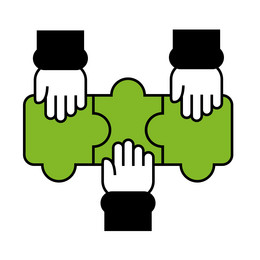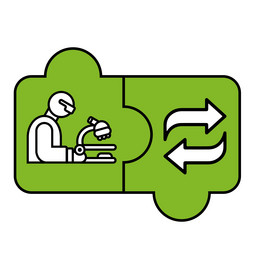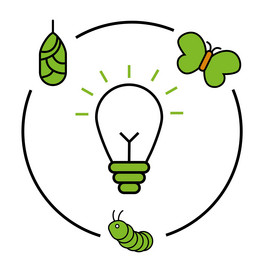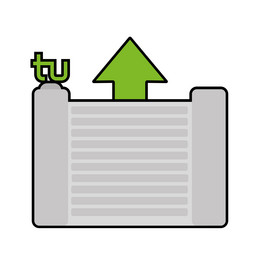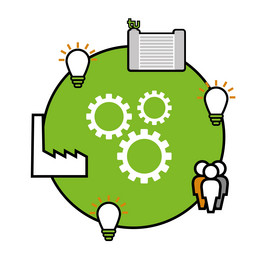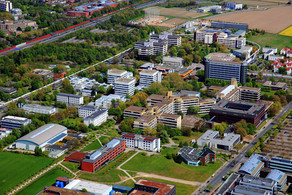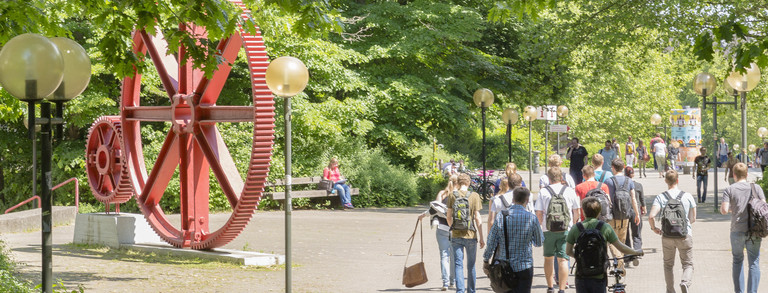Transfer Definition
It is about creating knowledge. But it is also about applying knowledge and
bringing research results into practice more quickly through transfer. Only in this
way can research lead to real breakthroughs and innovations that make our lives
better.Federal Ministry of Education and Research, 2020, p. 2, retrieved 22 January 2024.
TU Dortmund University adopted its Mission Statement for Cooperation and Transfer (in German) in January 2024. It defines "transfer" as "an interdisciplinary and two-way exchange of knowledge, services, technologies and people with external partners in business, society and politics" (TU mission statement for cooperation and transfer, 2024, p. 2, translated by the author). TU Dortmund University provides specialist knowledge and technological innovations from its disciplines and in return is open to impulses from society, business and politics. This makes it a player for scientific and social change and explicitly promotes social innovation. As TU Dortmund University understands it, "transfer also has a responsibility towards the common good and includes social innovations as well as technological innovations" (TU mission statement for cooperation and transfer, 2024, p.2, translated by the author).
According to the mission statement, transfer that changes society is necessarily based on research. Building on this, transfer is the next necessary step in order to make the results generated usable for non-university partners. This way only basic research may achieve its full effect and a solution for practical sustainability challenges can be found. TU Dortmund University distances itself from pure contract research in order to preserve the freedom of science.
Principles of transfer
TU Dortmund University follows five principles for effective and sustainable transfer (in German) in its mission statement:
